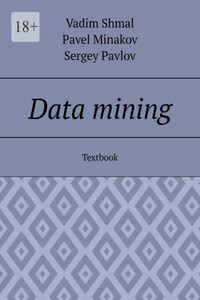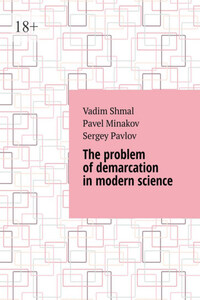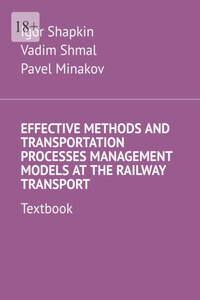Data mining is the process of extracting and discovering patterns in large datasets using methods at the interface of machine learning, statistics, and database systems, especially databases containing large numerical values. This includes searching large amounts of information for statistically significant patterns using complex mathematical algorithms. Collected variables include the value of the input data, the confidence level and frequency of the hypothesis, and the probability of finding a random sample. It also includes optimizing the parameters to get the best pattern or result, adjusting the input based on some facts to improve the final result. These parameters include parameters for statistical means such as sample sizes, as well as statistical measures such as error rate and statistical significance.
The ideal scenario for data mining is that the parameters are in order, which provides the best statistical results with the most likely success values. In this ideal scenario, data mining takes place within a closed mathematical system that collects all inputs to the system and produces the most likely outcome. In fact, the ideal scenario is rarely found in real systems. For example, in real life this does not happen when engineering estimates for a real design project are received. Instead, many factors are used to calculate the best measure of success, such as project parameters and the current difficulty of bringing the project to the project specifications, and these parameters are constantly changing as the project progresses. While they may be useful in certain situations, such as the development of specific products, their values should be subject to constant re-evaluation depending on the current conditions of the project. In fact, the best data analysis happens in a complex mathematical structure of problems with many variables and many constraints, and not in a closed mathematical system with only a few variables and a closed mathematical structure.
Data is often collected from many different sources and several different directions. Each type of data is analyzed and all of that output is analyzed to get an estimate of how each piece of data may or may not be involved in the final result. Such analysis is often referred to as the analysis process or data analysis. Data analysis also includes identifying other important information about the database that may or may not have a direct impact on the results. Often, they are also generated from different sources.








